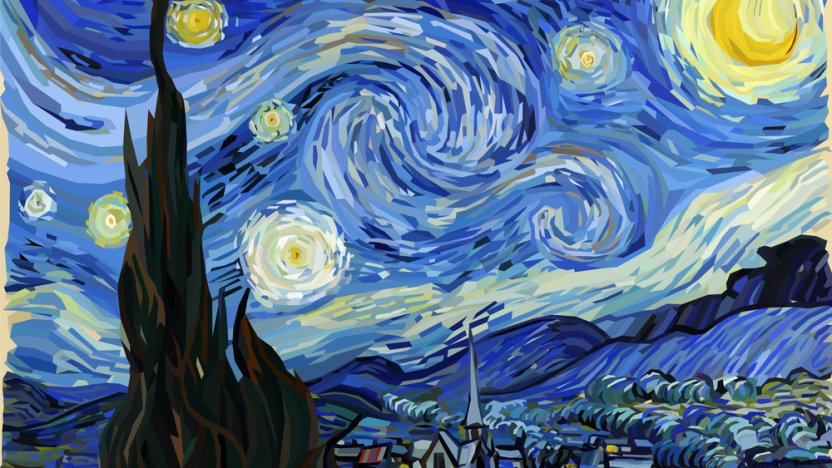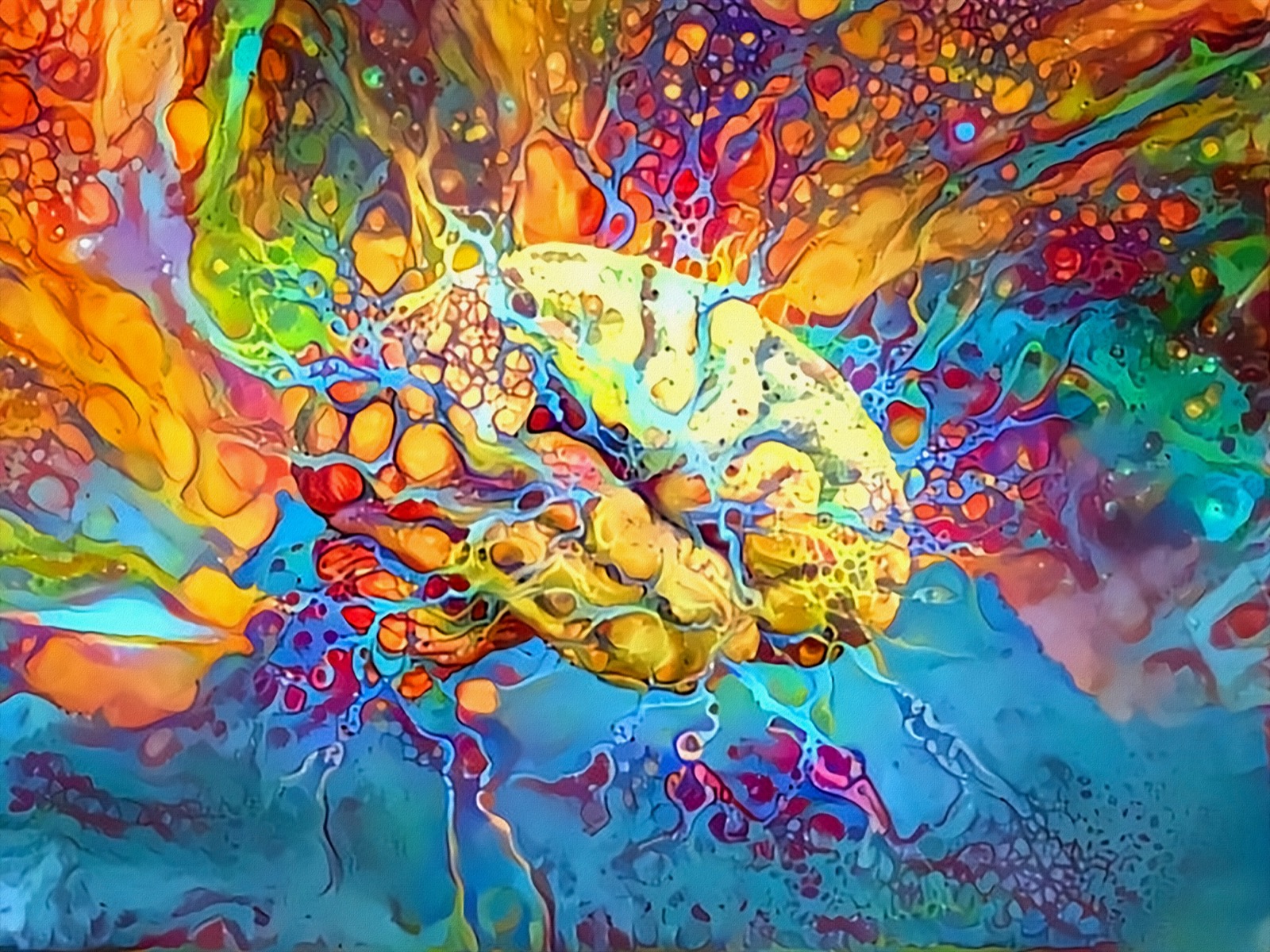Checking out the Effect of Trump Art on Contemporary Political Discourse
Checking out the Effect of Trump Art on Contemporary Political Discourse
Blog Article
Starting an Aesthetic Journey Through the Lyrical Interpretations of Nature in Impressionist Landscapes
Each brushstroke, each play of light and shadow, and each shade selection in their works speaks quantities concerning the musicians' deep connection to nature and their capacity to convert its beauty onto the canvas. As we discover the lyrical analyses of nature in Impressionist landscapes, we are welcomed to immerse ourselves in a world where truth and feeling link, providing a glimpse right into the artists' extensive recognition for the natural world.
The Exciting Brushstrokes of Claude Monet
Claude Monet's proficiency of brushstrokes goes beyond mere technique, imbuing his landscapes with a spiritual high quality that mesmerizes and mesmerizes viewers - trump art. His ingenious use color and light, incorporated with his unique brushwork, develops a feeling of movement and life within his paintings. Monet's distinguished series of works portraying water lilies and his famous haystacks display his ability to capture the fleeting results of light and environment

Checking Out Light and Shadow With Camille Pissarro
Personifying a similar reverence for the interplay of light and darkness, Camille Pissarro's creative vision unravels as an unified exploration of the natural globe's luminous subtleties. Pissarro, a key figure in the Impressionist activity, masterfully recorded the dynamic connection in between light and shadow in his landscapes. His skilled use color and brushwork enabled him to share the subtle changes in light that define different times of day and periods.
Pissarro's paints typically include spotted sunlight filtering with fallen leaves, casting intricate patterns of light and shadow on the earth listed below. In jobs such as "Hoar Frost, the Result of Snow, Pontoise," Pissarro skillfully portrays the crisp brightness of winter season sunshine compared with the great darkness that define the snowy landscape. By welcoming both light and shadow in his structures, Pissarro invites customers to submerse themselves in the all-natural appeal and short-term impacts of light on the planet around them.

With Pissarro's works, we are reminded of the transformative power of light and shadow, inviting us to pause and appreciate the fleeting moments of elegance present in the daily landscapes that surround us.
A Symphony of Colors by Edgar Degas
Edgar Degas orchestrates a vibrant symphony of colors in his masterful artworks, instilling his make-ups with a vibrant interaction of shades that mesmerize the customer's look. Understood mainly for his ballet dancers and intimate scenes of Parisian life, Degas expertly manipulated colors to convey state of mind and activity in his paints. trump art. His usage of strong, contrasting colors and subtle tonal variations created a feeling of deepness and vibrancy within his works
Degas' color palette typically included rich blues, deep greens, and cozy oranges, which he used with positive brushstrokes to capture the significance of his topics. Whether representing a ballerina mid-performance or a group of pals chatting at a coffee shop, Degas' colors not only showed the scene yet likewise evoked a feeling of emotion and power.
In Addition, Degas' trial and error with light and darkness added an added layer of complexity to his color structures, improving the total ambience of his paintings (trump art). Via his proficient control of shade, Degas produced a visual symphony blog that remains to resonate with viewers today
Discovering Nature's Calmness With Berthe Morisot
Berthe Morisot's artistic vision uses a peaceful departure from the vibrant shade symphonies of Edgar Degas, as she catches the tranquility of nature in her expressive landscapes. Known for her fragile brushwork and intimate portrayals of day-to-day life, Morisot's landscapes radiate a sense of tranquility and consistency.
Morisot's paints typically feature soft, soft tones that convey a sense of peace and serenity. Her jobs, such as "The Cradle" and "Summer season's Day," showcase her capability to capture the subtle elegance of nature in a way that is both contemplative and comforting to the customer.
Unlike several of her Impressionist counterparts that concentrated on bold colors and dynamic compositions, Morisot liked to create mild, introspective scenes that welcome the visitor to pause and reflect. Via her skillful usage of light and shadow, Morisot creates a sense of harmony that reverberates with the viewer on a deep psychological degree.
The Emotional Landscapes of Vincent Van Gogh
Vincent Van Gogh's landscapes strongly convey a depth of emotion through their dynamic brushwork and expressive usage of shade. The Dutch post-impressionist musician is renowned for his capacity to record intense and raw emotions in his paintings, transcending typical depictions of nature. Van Gogh's tumultuous personal life, marked by mental health struggles, substantially affected his art, instilling his landscapes with a feeling of worry, moody, or vitality.
In works such as "Starry Evening" and "Wheatfield with Crows," Van Gogh's swirling brushstrokes and lively shade options stimulate an extensive emotional i loved this feedback from visitors. The stormy skies and perturbed landscapes in his paints mirror his internal chaos and emotional disturbance, welcoming viewers to look into the intricacies of his mind.
Van Gogh's special visual language, characterized by exaggerated perspectives and vibrant use color, creates landscapes that resonate with visitors on a deeply psychological level. Through his art, Van Gogh welcomes us to see nature not equally as an external fact yet as a mirror of our innermost feelings and feelings.
Conclusion
Finally, the impressionist landscapes of musicians such as Claude Monet, Camille Pissarro, Edgar Degas, Berthe Morisot, and Vincent Van Gogh provide a unique and captivating visual analysis of nature. Through their usage of brushstrokes, emotion, color, and light, these musicians have developed a symphony of images that stimulate a feeling of calmness and appeal in the environment. Their works remain to influence and enchant customers with their click site lyrical interpretations of the landscapes around us.
Each brushstroke, each play of light and darkness, and each color option in their jobs speaks volumes regarding the artists' deep link to nature and their ability to translate its charm onto the canvas. His innovative usage of shade and light, incorporated with his distinct brushwork, produces a feeling of activity and life within his paintings. His adept usage of color and brushwork allowed him to communicate the refined changes in light that define various times of day and periods.

Report this page